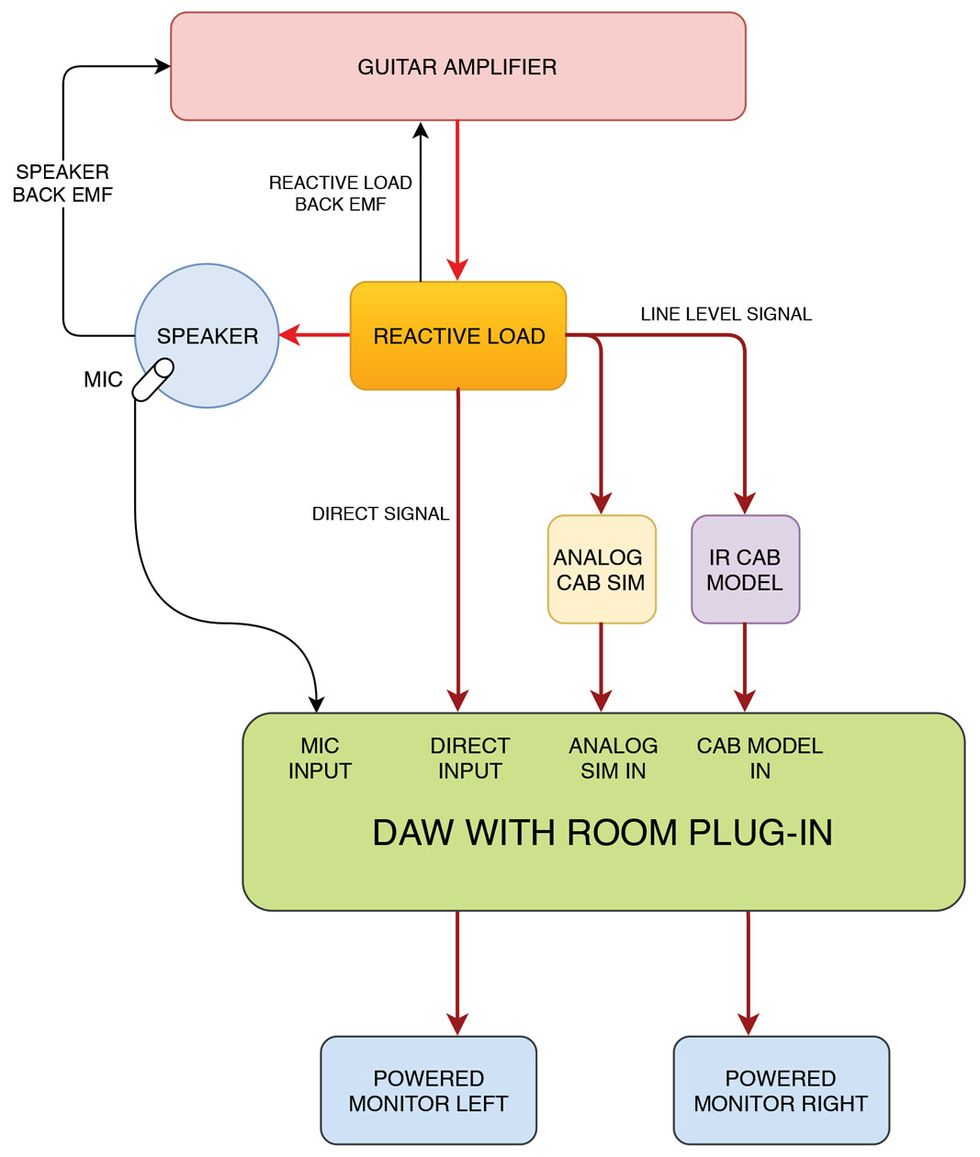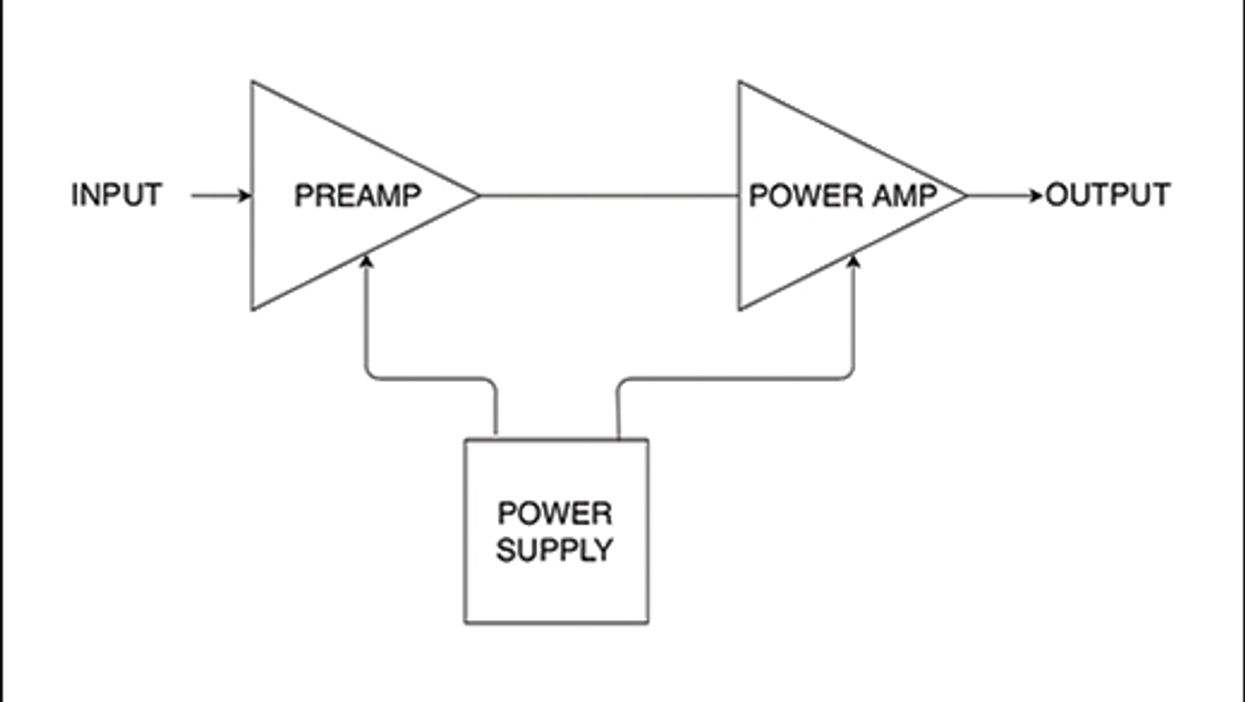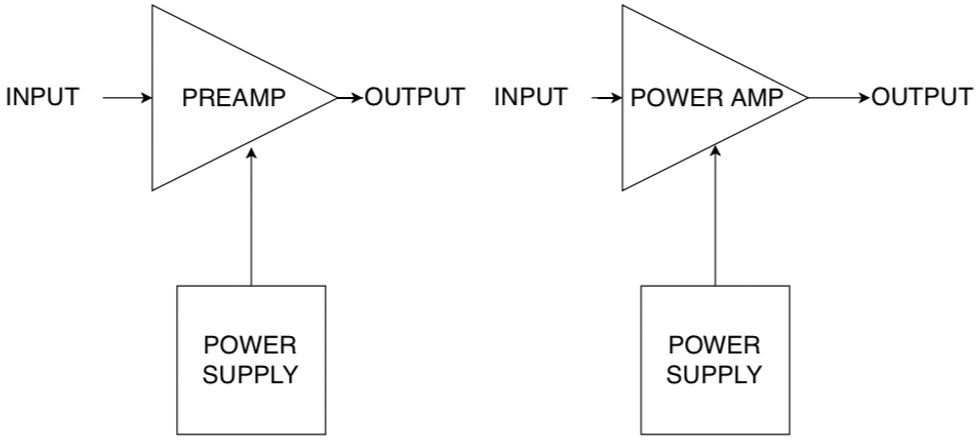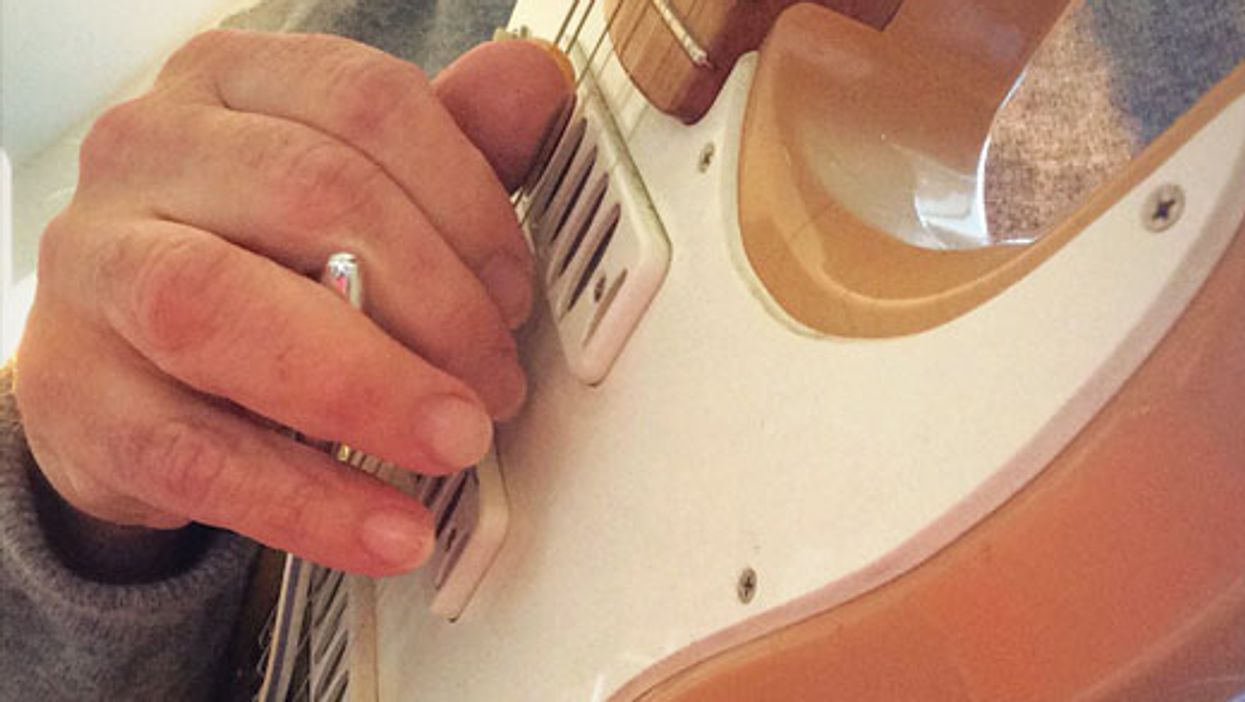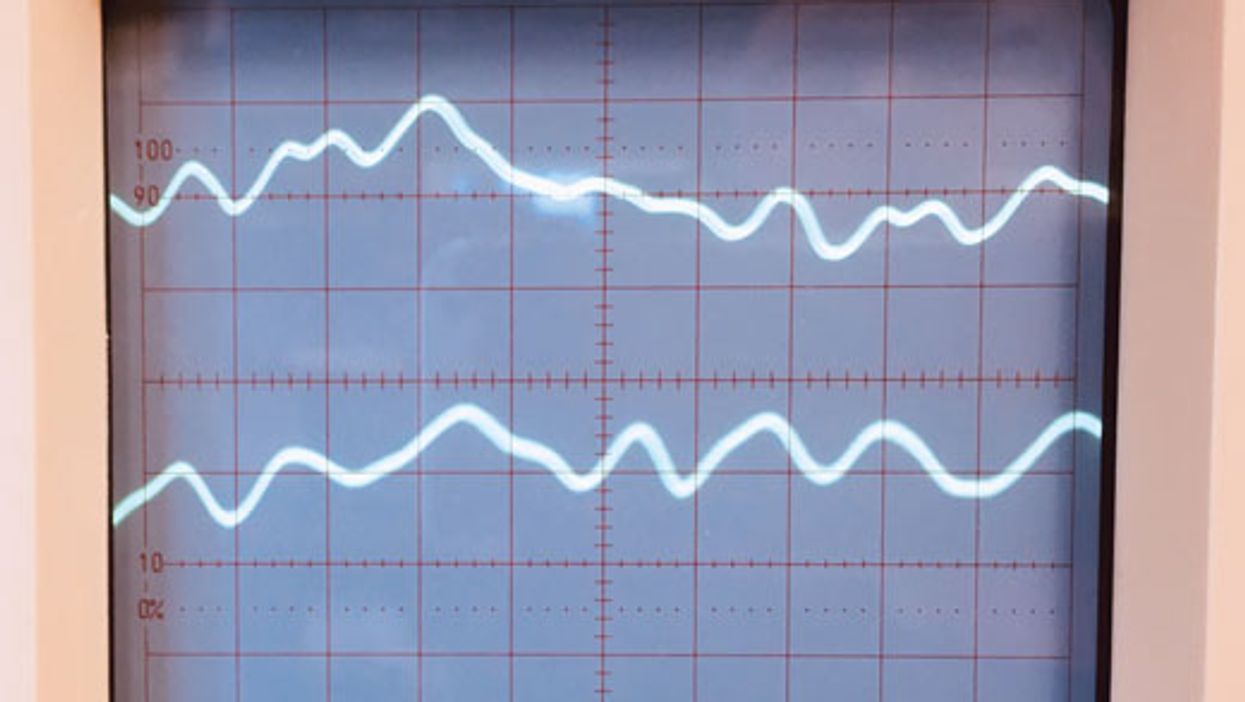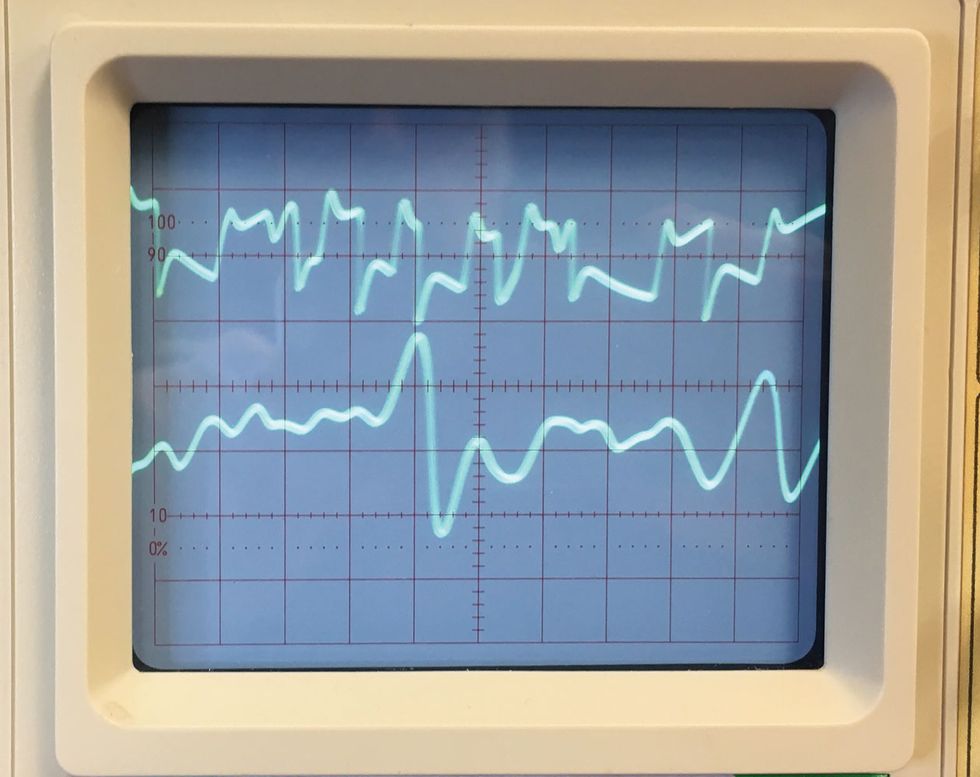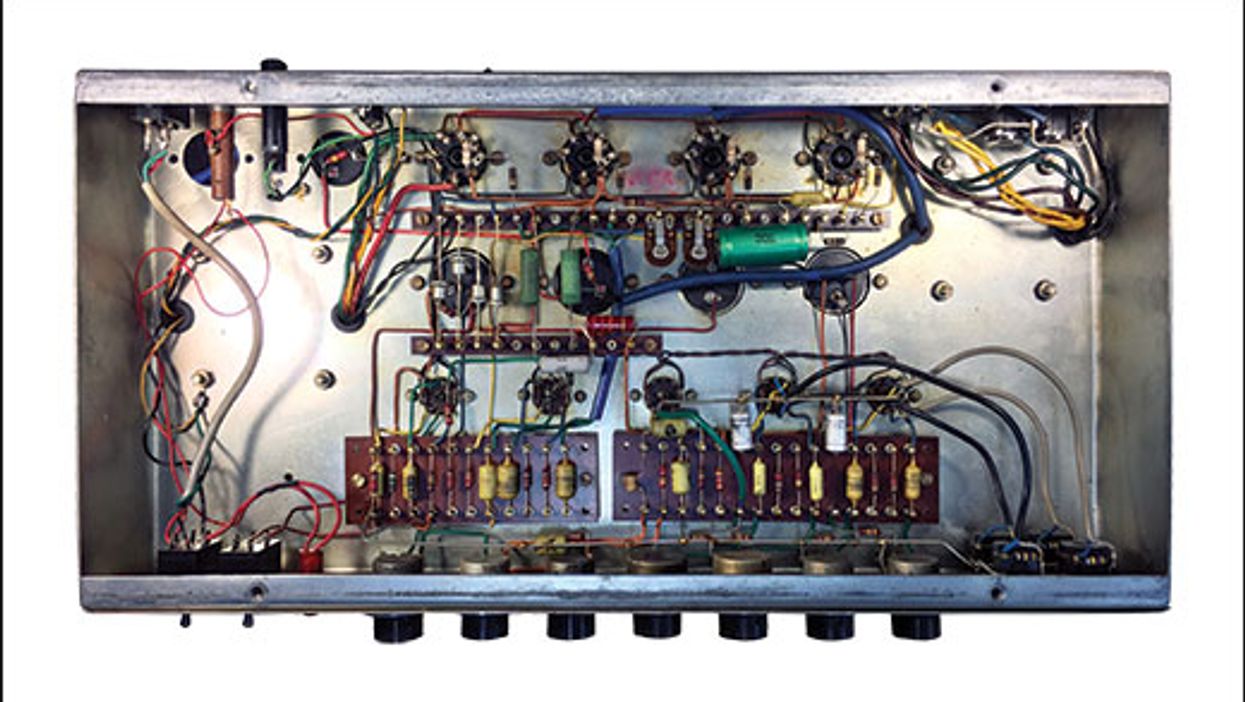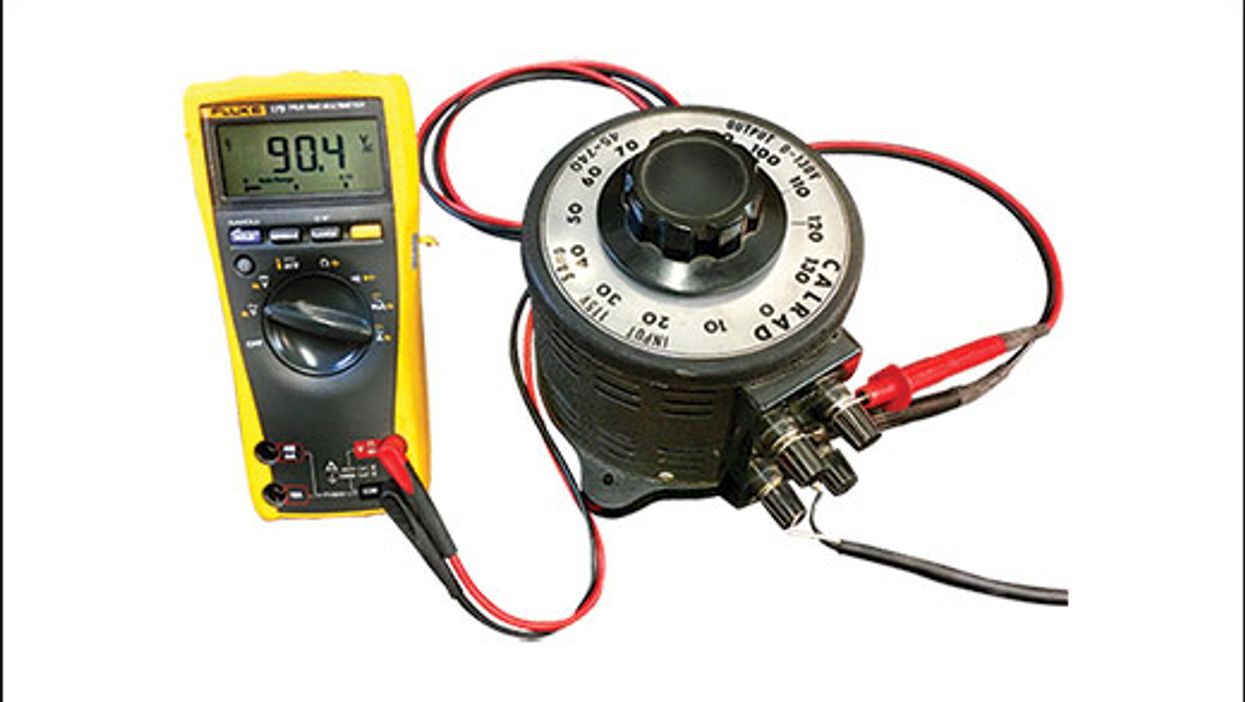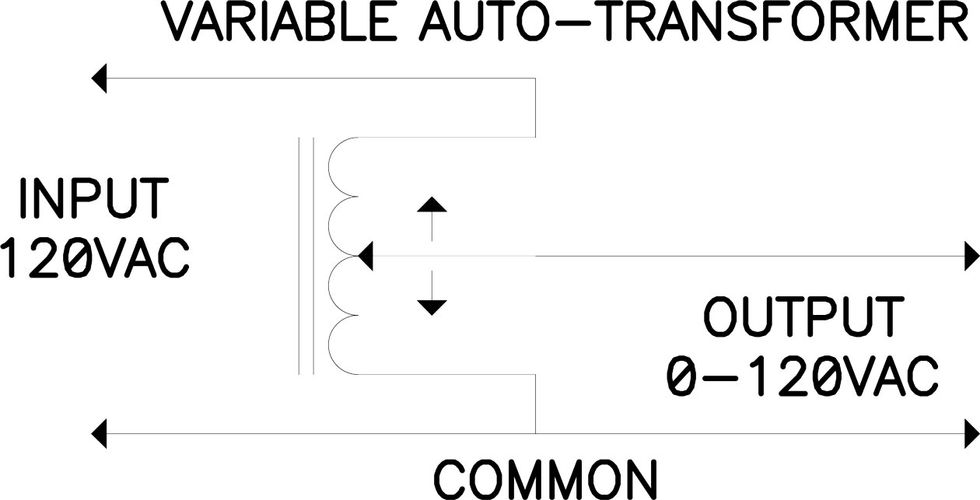Reamplifying is becoming an indispensable technique in home and pro recording settings where live amps cannot be played at what used to be considered normal playing volume. We can now record directly into a DAW (digital audio workstation) sans speakers using any amp or amps—large or small, clean or overdriven—in whatever combinations you can imagine. Increasingly sophisticated reactive load technology is helping drive this trend.
Previously [see “Slave to the Sound”], we discussed the basic distinction between a speaker frequency response curve (what we hear coming out of the speaker) and a speaker impedance curve (how the speaker reacts mechanically and electrically while trying to produce what we hear). Now let’s take a more detailed look at the distinctly different yet functionally interrelated elements of speaker operation.
When we stand in front of an amp and play, we not only hear the sound coming out of the speaker, we feel the physical impact of the sound being belted out of a guitar amp—especially when it’s cranked. We also hear the sound bouncing off the floor, walls, ceiling, windows, furniture, and anything else occupying our physical space. In modeling parlance, this is referred to as the room.
The height, width, and length of the space are among the many elements used to establish the character of a unique room. The sense of room is created when the speaker modulates the air in the space creating sound waves. Sound waves ricochet off every surface and object in the space, ultimately reaching our ears at different times and from different directions. We understand these multi-directional waves as reflections. The more complex the space and its contents, the more these reflections bounce around, crisscrossing and canceling out other reflections, creating complex interactions called convolutions. The more complex the interactions, the more convoluted the soundscape reaching our ears. In this cacophonous environment, our brains are tasked with processing the dense sensory information, which helps us establish our relative place in the room.
If we eliminate the room, what remains is the raw frequency content emanating from the speaker—the result of the speaker’s frequency response—and the dynamic feel of the amp. Now, let’s examine that dynamic behavior: The amp induces a mechanical reaction in the speaker, which then causes a reverse reaction that sends relatively small electrical impulses back into the amplifier. In other words, when you play, the amp plays back. This reverse reaction is called back electromotive force, or back EMF, and it enhances the dynamic behavior of the amp. Back EMF is an important element in the performance of tube amplifiers in particular, and it varies from amp to amp. It’s also one of the things that determines whether an amp feels more or less exciting to play.
When the mechanical speaker is replaced with a static load resistor for the purpose of recording silently, the amp’s dynamic behavior is greatly diminished due to the reduction of back EMF. This makes the amp feel flat and lifeless. The reactive load emulates the electro-mechanical behavior of the speaker, which restores most of the dynamic behavior. An adjustable reactive load lets you shift the low frequency resonant peak and the high frequency slope—a big plus in matching load behavior to the desired tonal response.
Image 1 illustrates a sophisticated reamplifying setup: The amp head is shown driving both a reactive load box and a speaker, which is also a reactive load. Notice the path of back EMF from the speaker or the load returning to the amp. A typical reactive load box provides a “thru” jack to a speaker, allowing you to decide whether to use the virtual load, the speaker, or both.
In any case, the line level signal forms the reactive amp signal that drives the analog cab sim and/or the IR (impulse response) model. If the speaker is operable, a mic signal can also be sent to the DAW. In this scenario, any combination of signals—or all of them—can be used to construct a live amp sound at any volume level.
Clearly, getting the amp to behave realistically is an important element in direct recording. Having dealt with speaker impedance effects on amp behavior, we can now complete the picture using equalization, reverb and delay, and modeling. And that’s where we’ll pick up our reamplifying story next month.
